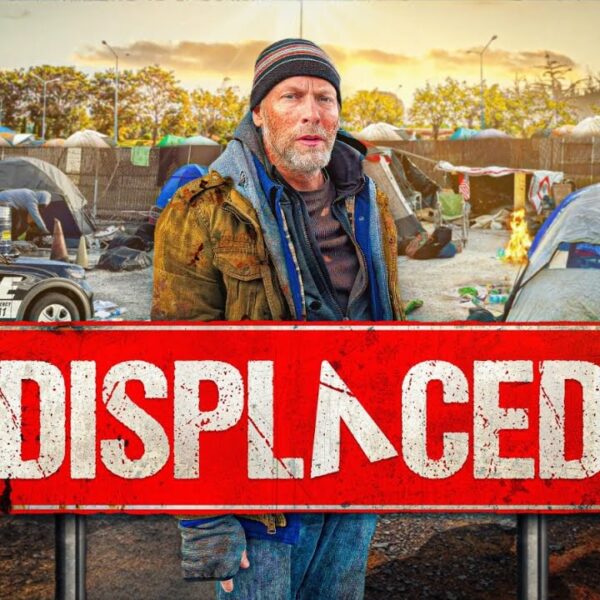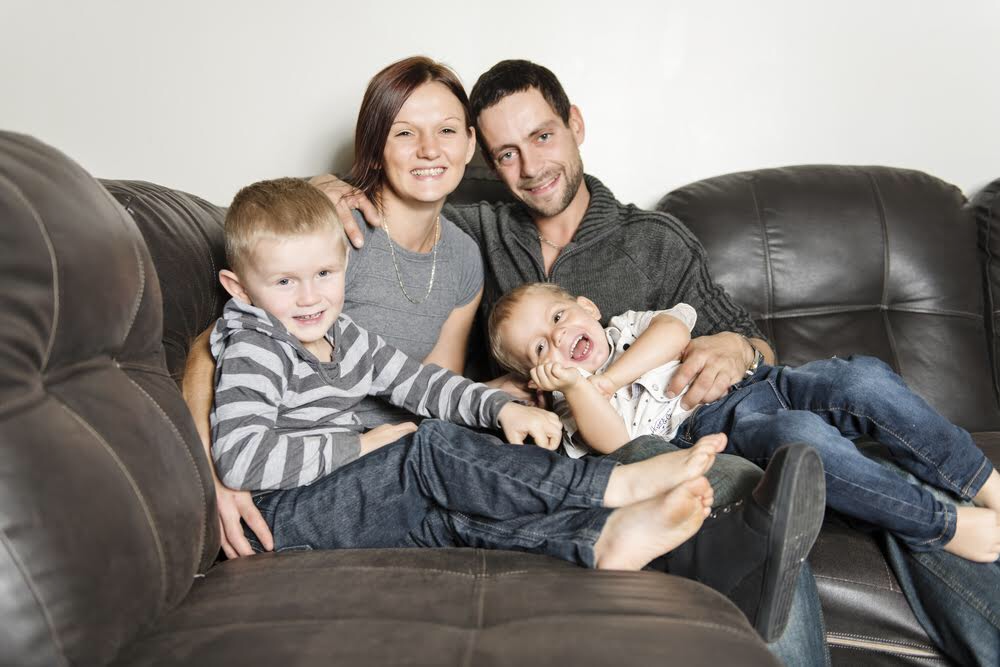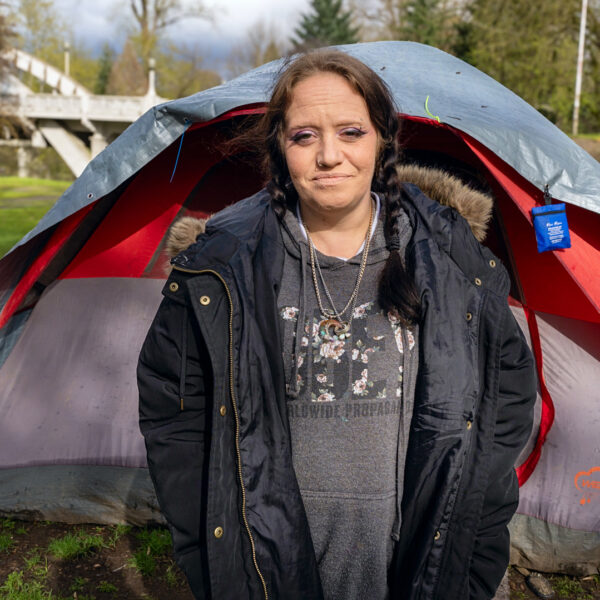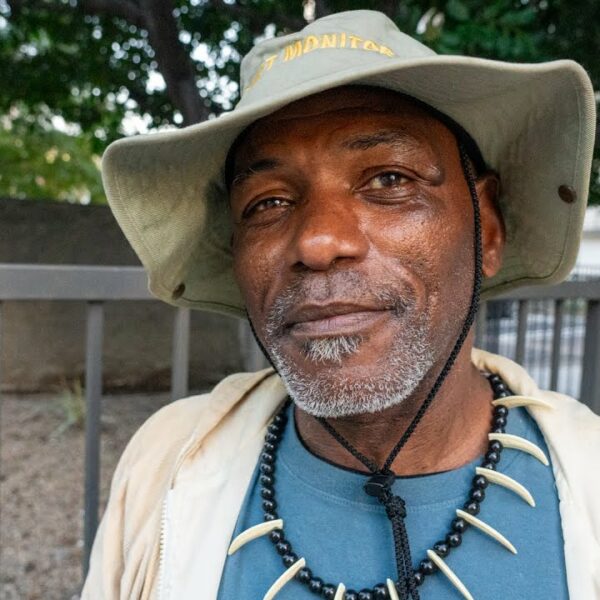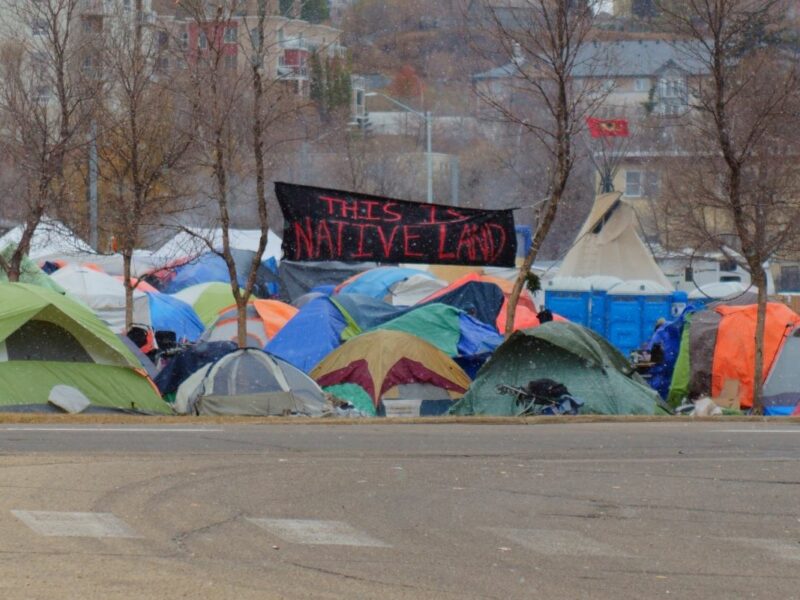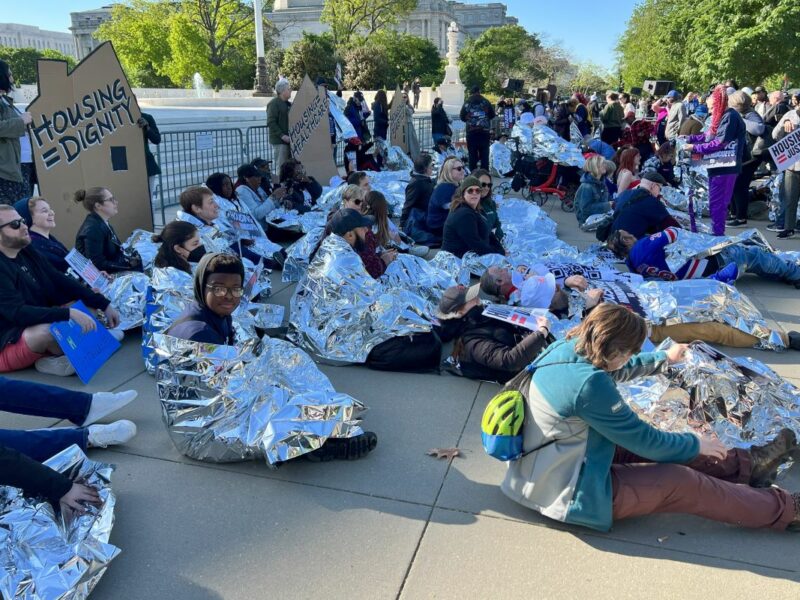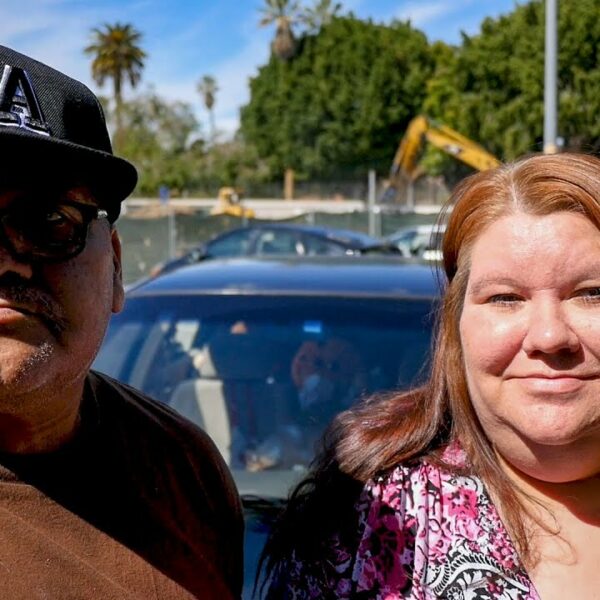Homelessness is taking a toll on our nation’s children.
It’s high time we recognize the needs of the 2.5 million youths surviving with no safe place to call home. This effort is not without its challenges, particularly since, in many cases, it means rethinking shelter regulations.
To that end, today we are shining a light on one shelter in Delaware’s New Castle County that’s breaking the mold in helping families rebuild. After all, keeping families together is their promise and it should be ours as well.
A Family Struggle: The Reality of Parent-Child Separation in the Shelter System
Oftentimes, when we think of homeless people who choose the streets over the shelters and we hear that this is because they don’t want to adhere to regulations, we are misled into believing they are simply rule breakers. We wrongly assume the rules they don’t want to follow have something to do with sobriety, cleanliness, or respect. In many cases, however, those who have trouble adhering to regulatory standards are parents whose only wish is to not be separated from their children.
Separating homeless parents from their children is a tragic, outdated practice proven to have detrimental long-term results. But to date, approximately one-third of all homeless children who enter into the shelter system will inevitably be separated from their parents and/or other family members. Comparatively, impoverished families who chose alternative housing solutions over shelters (such as living unsheltered or doubling up with family members) were reported significantly less likely to be separated from their children.
Parent/child separation is nothing to be taken lightly. Studies show an 18-month separation can lead to years of distance between parents and children long after leaving the shelter. In fact, when it was revealed that children at the border where the United States meets Mexico were being separated from their parents, more than 250,000 healthcare professionals, ranging from psychiatrists to psychologists to pediatricians, issued statements of concern.
The neurological effects of parent-child separation are devastating and often irreversible.
So, Why Is Parent-Child Separation Part of Any Shelter’s Rules or Regulations?
The answer is complex, but it often has much to do with who the parents are.
Domestic violence is a leading cause of homelessness. As most victims in this situation are female mothers, the system accommodates them with readily available transitional housing. This is a great service for vulnerable mothers. Otherwise, they would find themselves alone on the streets with no protection for themselves or their young ones. They would be exposed to enduring even more violence at the hands of perpetrators in the shadows.
However, not all families enduring the horrors of homelessness are single mother households. With family homelessness growing at an average rate of 3% per year, it’s imperative that we begin carving out a space for all types of families, not just the children of single moms.
When Reviewing the Numbers, One Fact is Clear: Homeless Fathers are Likely to be Exed Out of the Family Equation
Of the millions of homeless children, approximately 15% are being raised by single dads who have lost their homes. Another 1.1 million homeless children have young parents. More than half of those families feature a mother and a father who may be together in a romantic relationship or a marriage. Yet, very few homeless shelters open their doors to fathers and even fewer welcome single fathers. Thus, we witness an escalation of unsheltered homelessness in families where fathers are present.
To add fuel to the fire, while it is true that women are more likely to become victims of domestic violence in the home, men are actually more likely to become victims of violence in unsheltered situations. As hate crimes against homeless people increase, children of single dads and two-parent homeless households featuring fathers are particularly at risk.
There can only be one solution. We must change the structure of transitional housing and make it more inclusive.
A Family Promise: The Shelter that Strives to House All Types of Families
In New Castle County, Delaware, where family homelessness has peaked at 40%, a shelter going by the name of A Family Promise, is already implementing a low-barrier approach regarding homeless families. In an effort to house more homeless children, they have opened their doors to homeless dads.
The end result is inspiring to say the least. In the past year alone, 70 families have been permanently sheltered after completing their stay at A Family Promise. Parents and children have been sheltered together, avoiding the painful psychological consequences of enduring shelter life apart.
Currently, the shelter consists of two charming cottages fitted with shared living spaces and family-oriented activities. Families are housed here temporarily, for an average timespan of about a month and a half.
The goal of the shelter is connecting these families with permanent housing solutions without disconnecting them from their children.
This heartwarming approach should serve as a blueprint for shelters all across the nation. It serves as a way to rekindle family ties and of fostering, not just sheltering, our youth.
Transitioning to More Permanent Solutions
While the emergence of low-barrier shelter regulations is an excellent foot in the right direction, it’s important to remember that transitional housing is still just a temporary solution. The only way to eliminate homelessness is to create an atmosphere where affordable housing is available for all.
Talk to your representatives about their plans for building a better world for future generations.



